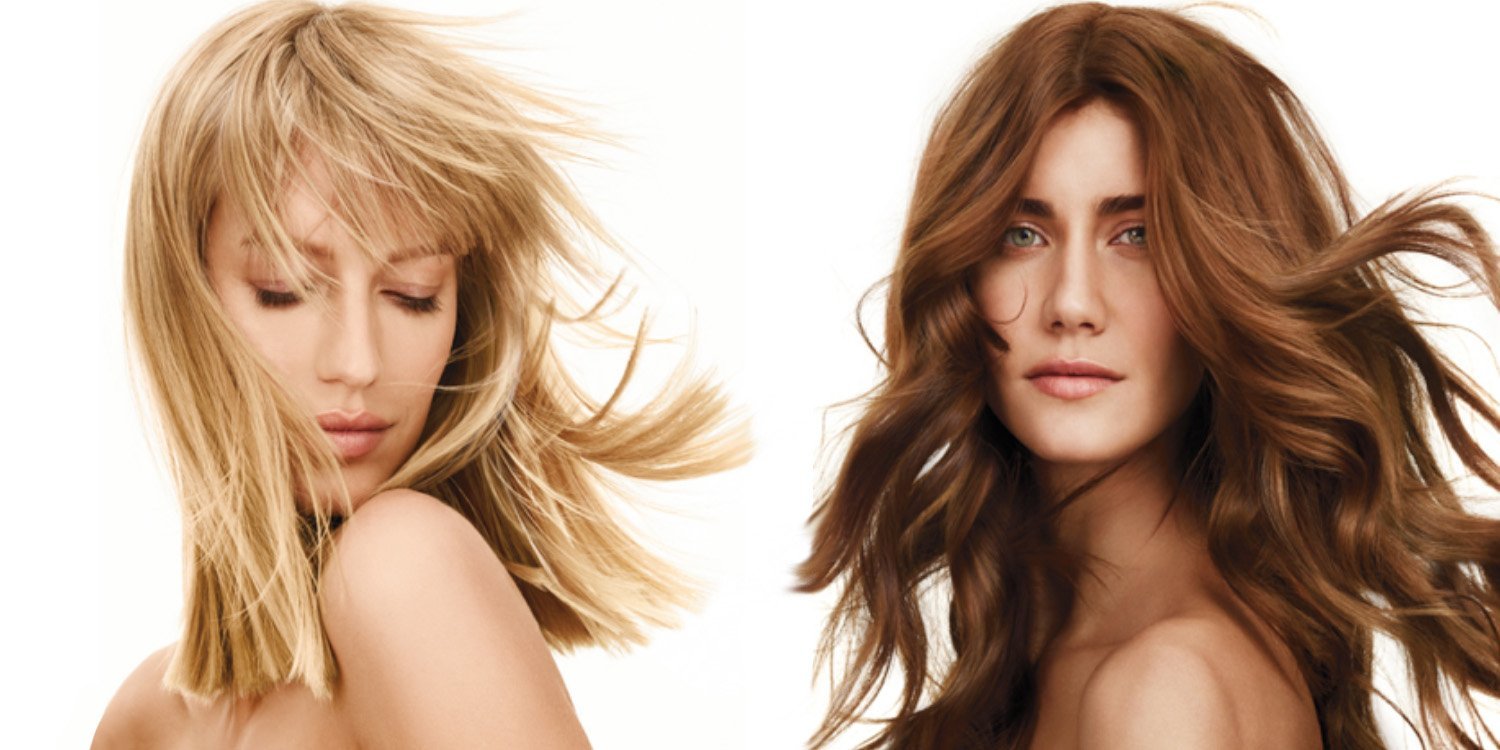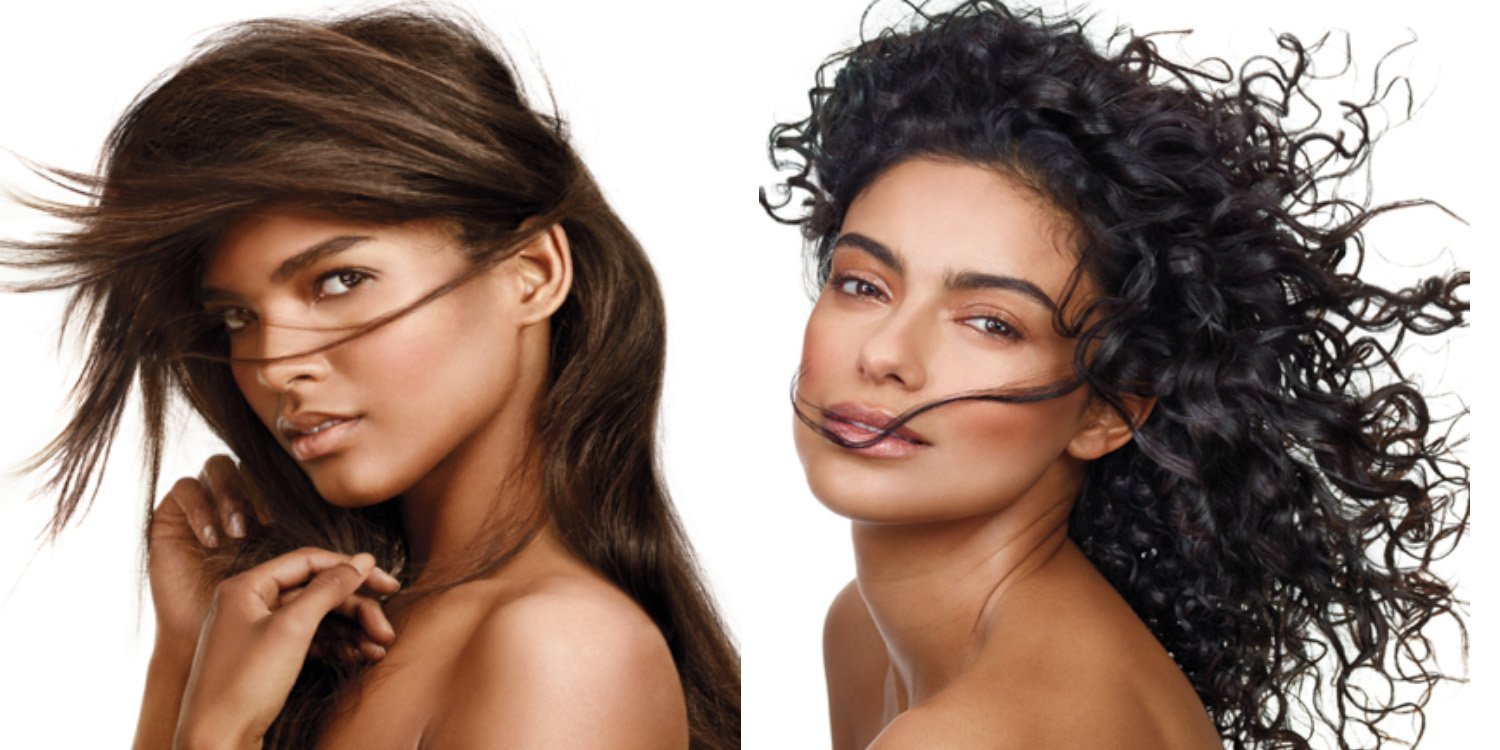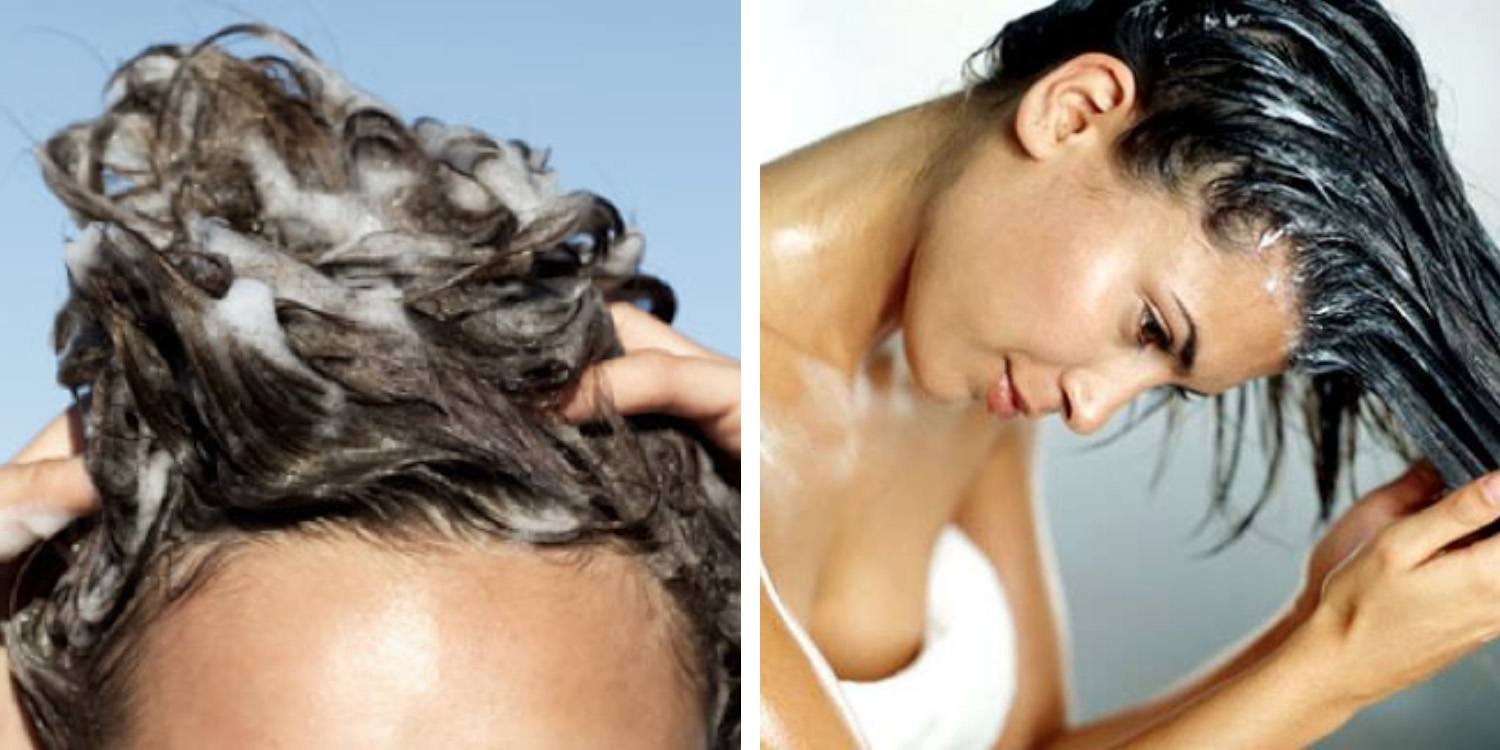Brown is such an ordinary word, and it doesn’t begin to do justice to the incredible and beautiful range of brunette haircolor shades. From honey to cocoa to chestnut to mahogany, the haircolor options for brunettes are unlimited and truly gorgeous! Here are 23 of the best brunette haircolor shades around, handpicked and customized for every skin tone by the pros at Matrix.2
Shampoo every day or skip a day or two? That topic is always hotly debated among beauty pros. Up until recently, there really haven’t been viable alternatives to sudsing up with shampoo in the shower. Granted, there are dry shampoos, which are great for absorbing excess oil from the scalp and removing unwanted odors from the environment and from your own body. But dry shampoos don’t really offer the freshness and revitalization of the shower and shampoo experience. Now, however, there’s an intriguing alternative to skipping the lather or misting on a dry shampoo—it’s called co-washing.

1. WHAT IS CO-WASHING YOUR HAIR AND WHAT ARE CLEANSING CONDITIONERS?
Co-washing is short for“conditioning washing” or “conditioner-only washing.” This no-shampoo method is also referred to as cleansing conditioning or “no-poo” shampooing. It’s done with shampoo-free formulas that cleanse, balance and refresh your hair without stripping or depleting its natural oils and nutrients.
So why are natural oils and nutrients important? It’s really a balancing act. Too much oil leads to limp, greasy locks. But in the right proportions, natural oils and nutrients keep your hair strong, shiny and supple. Without them, you could experience dryness, breakage and damage. What’s more, when your hair is damaged, your cuticles—the outside layers of each hair strand, which, in healthy hair are dense and compact--could become disrupted and irregular. This could cause your haircolor, which “lives” inside the strand, to seep out—resulting in premature color fading.
Traditional shampoos rely on detergents that are chemically attracted to the dirt in your air. They’re distributed by rubbing, scrubbing and lathering, and when they’re rinsed, your hair feels squeaky clean—which isn’t always a good thing if it tends to be dry or damaged. So then you reach for your conditioner to add back moisture.
2. WHAT ARE THE BENEFITS OF CO-WASHING HAIR?
Cleansing conditioners are gentle, detergent-free, all-in-one formulas that clean, hydrate and condition hair in one step. They contain little-to-no sulfates (sodium lauryl sulfate), and they generally don’t lather. They leave hair soft and frizz free without stripping or drying. They feature “slip” which eliminates the need for the rubbing and scrubbing that causes hair-damaging friction. Most of these no-shampoo method formulas can be used daily.

3. HOW DO YOU KNOW IF CO-WASHING IS RIGHT FOR YOU?
Consider adding a cleansing conditioner to your routine if your hair is dry or extremely dry; if your hair is damaged; if it’s chemically processed—colored, highlighted, relaxed, straightened. Consider co-washing if your strands are super curly, because the coiled nature of tight curls make it difficult for natural oils to travel from scalp to ends, which leads to a tendency to be dry. And, think about a cleansing conditioner if you’re “of a certain age.” Aging can lead to changes in hair texture and abundance—it often becomes more coarse, wiry, dry, fragile or thin with time—and all of these changes require much less frequent shampooing. Avoid co-washing if your hair is extremely oily, because co-washing can actually add oil to your hair. Also, consult your physician before using a cleansing conditioner if you suffer from scalp conditions like dermatitis.
4. WHAT SHOULD YOU LOOK FOR IN A CLEANSING CONDITIONER FORMULA?
Ideally, cleansing conditioners should be “free from”—free from sulfates and soaps that remove impurities harshly; free from parabens, which are preservatives that many people prefer to avoid; and free from silicones that can sit on the surface of the hair and cause build-ups.
Some cleansing conditioners combine the “no-poo” cleansing agent with a heavy conditioner that sit on the hair and then gradually penetrate. These formulas must then be rinsed thoroughly, and over time, they might cause an undesirable build-up. More modern co-wash formulas feature a unique, tandem approach of cleansing and conditioning—they melt into the hair and quickly draw out impurities without causing weighty build-ups. They’re also targeted for specific hair types—so if your hair is fine, medium, coarse or curly, there’s a cleansing conditioner for you! Also, look for healthful additives like anti-oxidant fruit complexes that protect hair from damage.

5. HOW OFTEN AND WHEN SHOULD I CO-WASH MY HAIR?
Your hair type, your routine and lifestyle and your climate will all affect your co-washing strategy. If you shampoo in the morning, and then hit the gym after work, you may consider co-washing after your workout to refresh your hair and scalp without further stripping or drying. If you like to shower at night, consider using a conditioning cleanser, then sleeping with your hair in a bun and allowing the conditioning action to work through the night before styling in the morning. If your work requires frequent showers throughout the day (you’re an athlete, a fire fighter, an emergency medical technician) co-washing can spare your hair from too much shampooing.
If you live in a humid and steamy climate like Miami, you may need to shampoo more often, and co-wash less frequently, than if you reside in, say, dry and arid Arizona. If you shampoo every other or every third day, for example, consider co-washing on the off days, and possibly reducing your shampoo days to once or twice a week. If you shampoo very infrequently with no adverse effects, you may opt to skip conventional shampoos entirely and cleanse your hair strictly with co-wash formulas. And be aware. If you’re co-washing constantly, and your scalp becomes itchy or your hair seems limp and oily, you may need to shampoo more frequently.
6. HOW TO CO-WASH YOUR HAIR PROPERLY
Co-washing is easy. Simply apply the cleansing conditioner and massage it into your scalp for a few minutes. Comb it through to the ends with a wide-tooth comb for even distribution, then proceed with your shower. Just before you’re finished, rinse out the co-wash with lukewarm water. Switch off the shower, towel dry and style as usual. That’s all there is to it!




